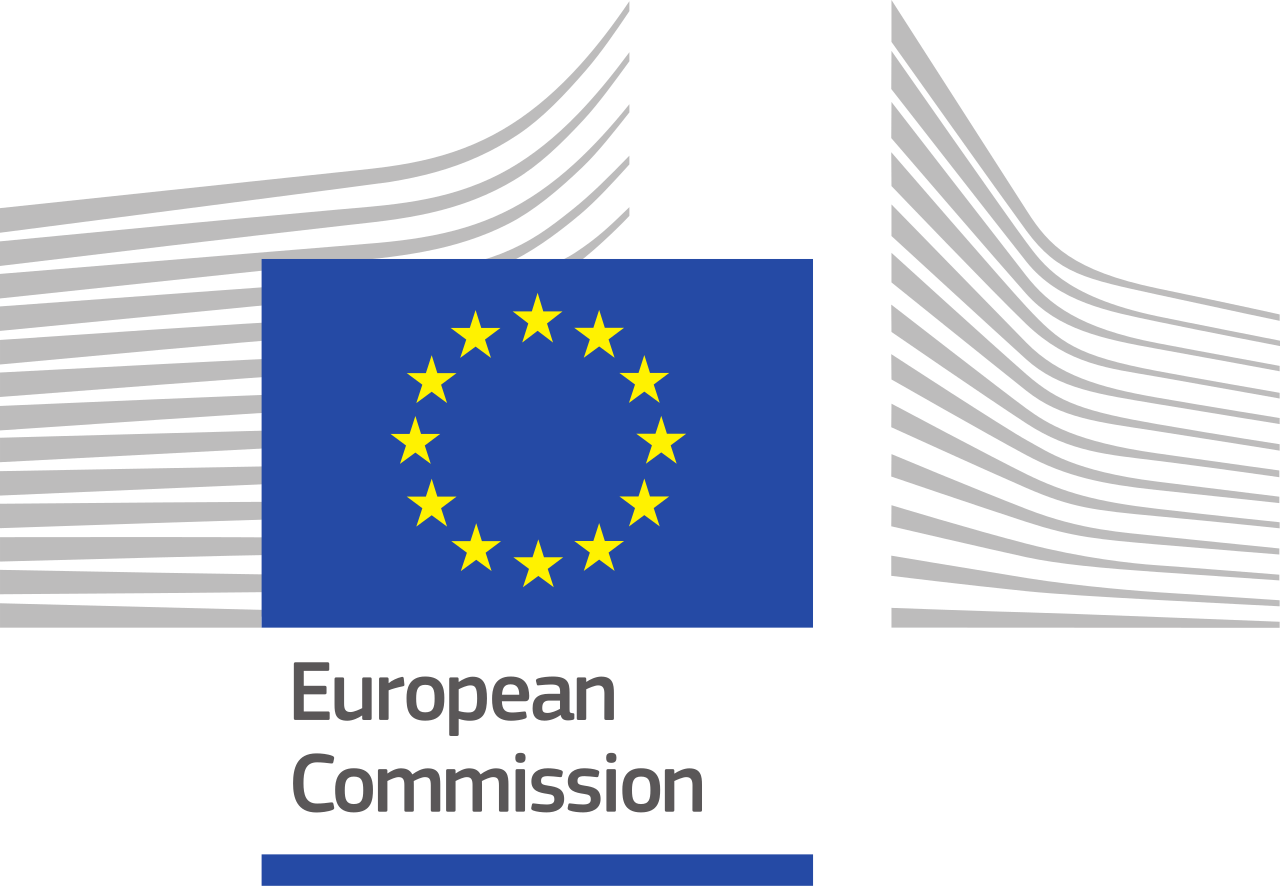Intro
The EU effort sharing legislation is one of the key policy instruments of the EU’s climate and energy policy to achieve domestic and international climate targets, alongside the EU Emissions Trading System (EU ETS) and the Land Use, Land Use Change and Forestry (LULUCF) Regulation. It aims to cut greenhouse gas (GHG) emissions from a wide range of sources, such as petrol and diesel use for road transport, energy use for heating and cooling in households and commercial buildings, animal digestion and fertiliser use in agriculture, waste treatment and small industries. Altogether, these emissions make up about 67% of total GHG emissions at the EU level in 2024. The Effort Sharing Regulation (ESR), adopted in 2023, includes the target to reduce these emissions in 2030 by 40% compared to 2005 levels in the EU, with Member States contributing through specific binding national targets.
What the data are telling us
- In 2023, effort sharing sector emissions were 19.8% below 2005 levels, largely driven by improvements in energy efficiency and the switch to less carbon-intensive fuels for heating and cooling, including renewable energy sources.
- The more ambitious national targets for Effort Sharing emissions adopted with the amendment of the Effort Sharing Regulation in 2023 require EU countries to step up efforts.
- Progress towards 2030 targets is diverse at national level. In 2023, six Member States (Croatia, Cyprus, Denmark, Ireland, Italy and Malta) exhibit Effort Sharing sectors emissions about their annual emissions allocations (AEAs), indicating that these Member States will need to make use of the flexibilities available under the legislative framework to comply with their annual emission limits.
- The buildings sector accounts for the lagerst reduction (-32.4%). The transport (-5.3%) and agriculture (-7.9%) sectors saw more modest reductions.
Provisional figures for 2022 suggest a further decrease in total Effort Sharing GHG emissions by 3% compared to 2021, with buildings once again responsible for the largest reduction (-9%). At the same time, emissions from the transport sector increased (+3%).
With the amendments to the Effort Sharing Regulation adopted in 2023, the EU-level GHG reduction target for 2030 increased from 29% to 40%, compared with 2005 levels; the emission limits for each year up to 2030 are also tightened. This implies that in the upcoming years, emissions will need to decline at a significantly faster pace than the reduction rate observed in recent years. Based on projections submitted by Member States in March 2025, current policies and measures will not be sufficient to achieve this acceleration. These are projected to deliver GHG emission reductions under the Effort Sharing legislation by 29.7% by 2030. When considering additional planned measures, the projected reduction reaches 38.1% narrowing the gap to the 2023 target to 2% points.

